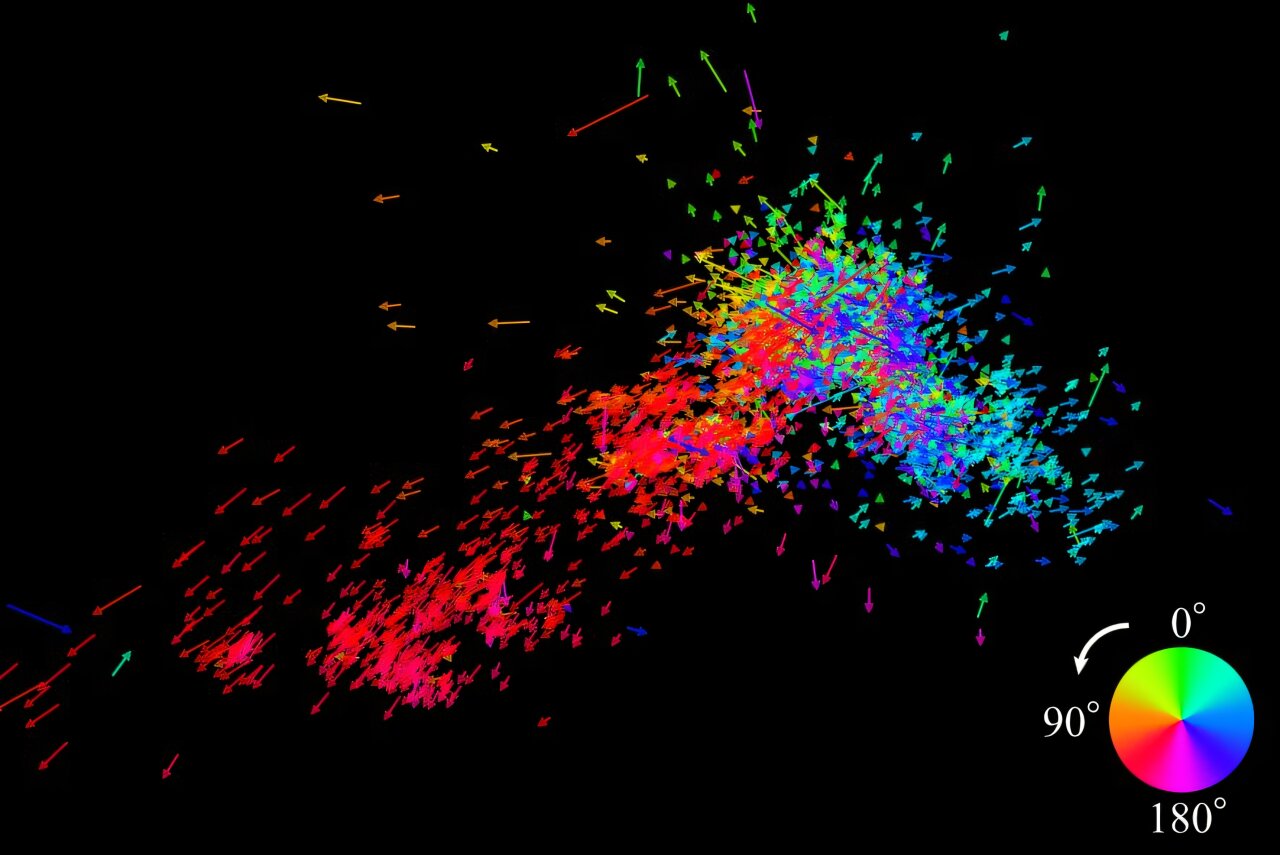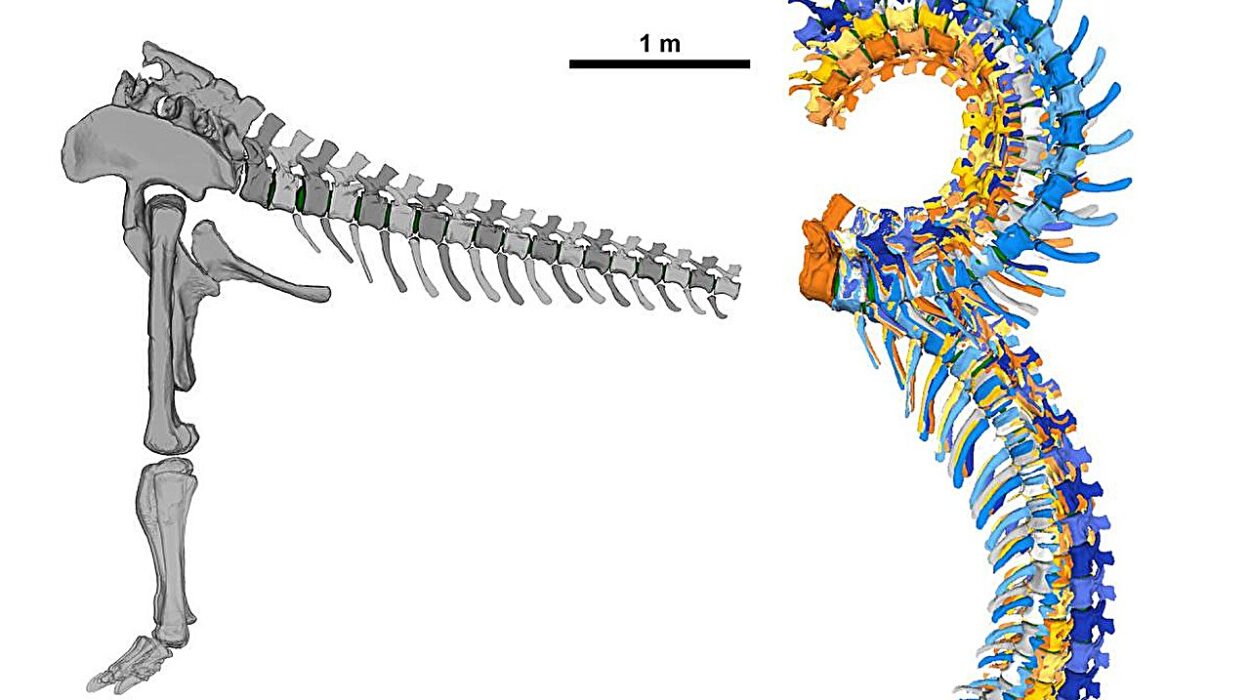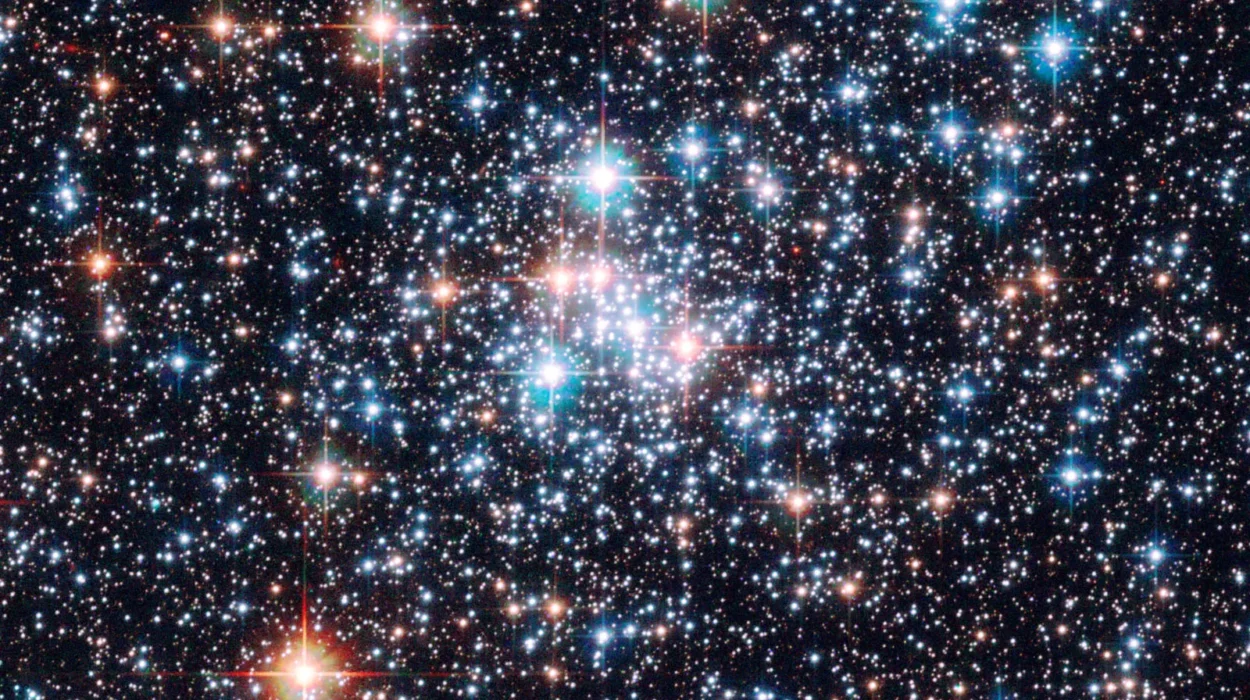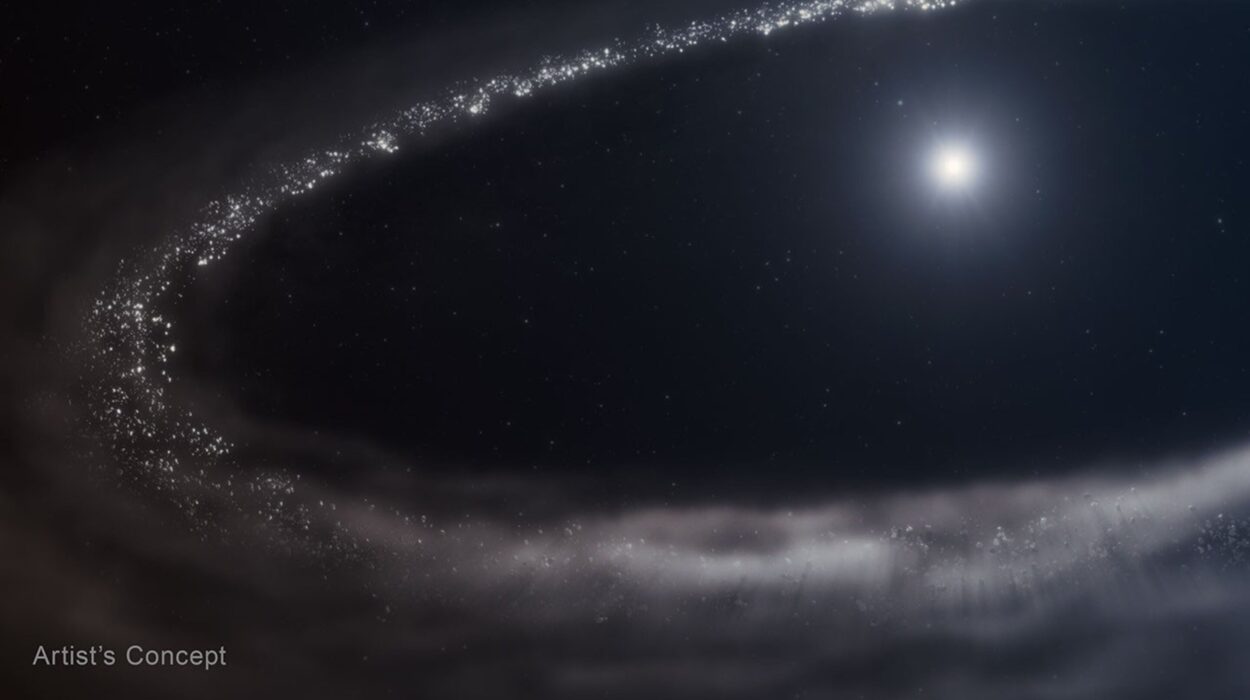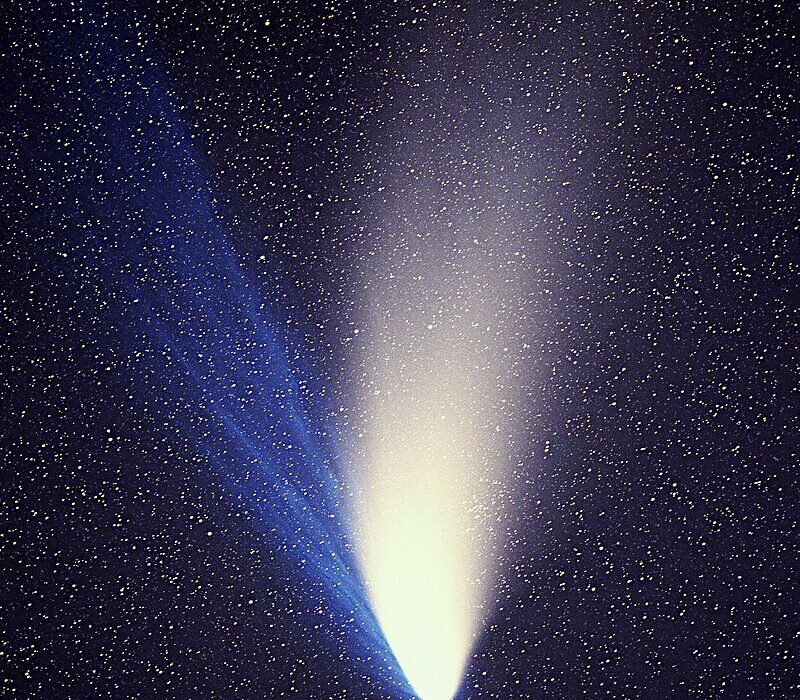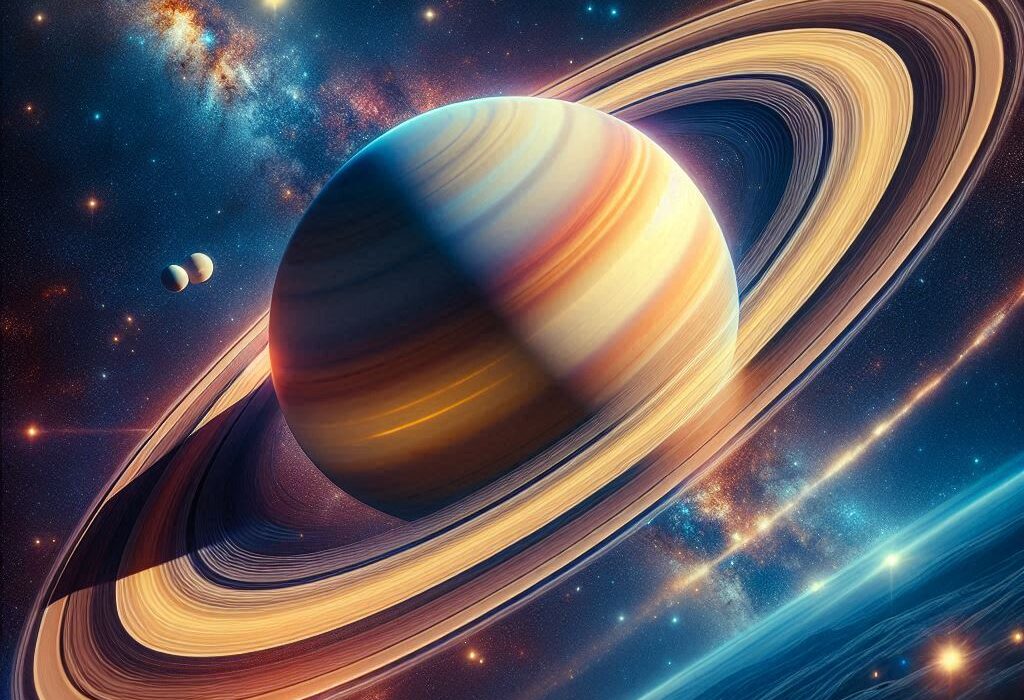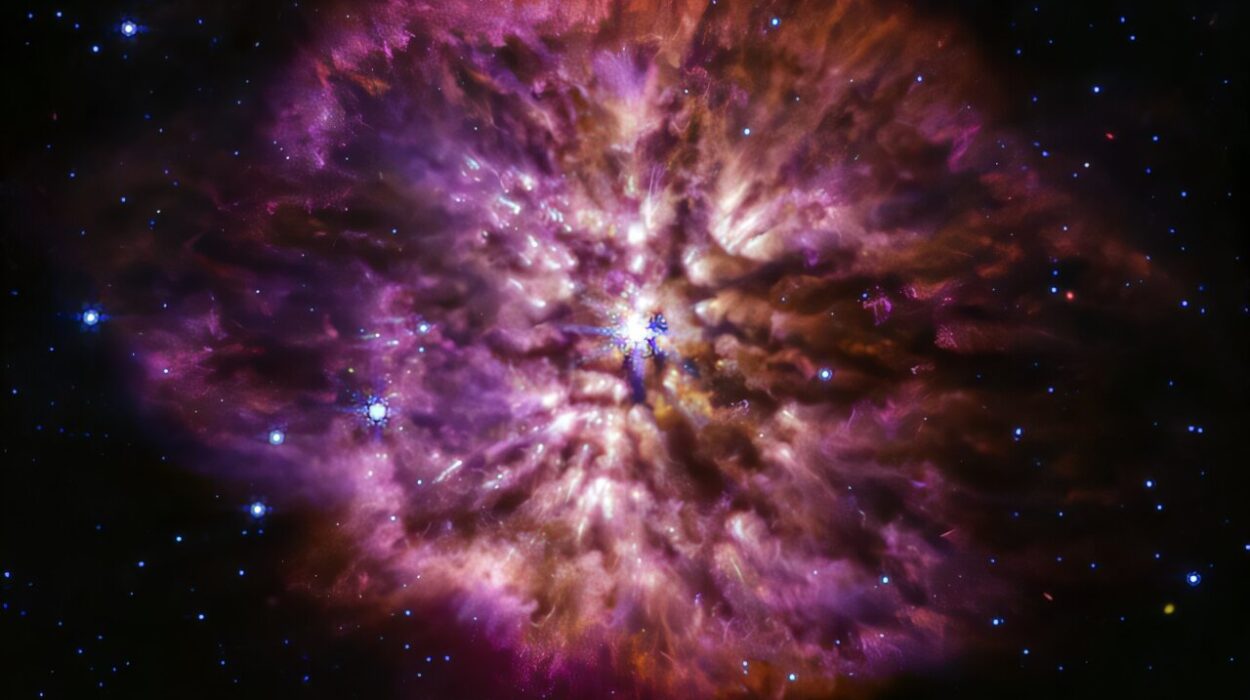In a cosmic drama unfolding just outside our Milky Way, astronomers have uncovered stunning new insights into the fate of a neighboring galaxy. The Small Magellanic Cloud (SMC), a relatively tiny and irregular satellite galaxy, is being gravitationally disrupted by its larger companion—the Large Magellanic Cloud (LMC). This revelation comes from a recent study led by Satoya Nakano and Kengo Tachihara of Nagoya University in Japan, and it challenges long-held assumptions about how dwarf galaxies move, interact, and ultimately evolve in the gravitational web of the universe.
The research, published in The Astrophysical Journal Supplement Series, isn’t just a technical win in the realm of galactic mapping—it’s a story of cosmic violence, celestial intrigue, and a unique window into the early universe.
A Stellar Cataclysm in the Making
The SMC may seem like a quiet, unassuming neighbor, but appearances are deceptive. Though it’s only about 200,000 light-years away, close by cosmic standards, it’s now revealing that it’s not peacefully orbiting the Milky Way. Instead, it’s caught in an invisible and titanic tug-of-war with the LMC, a galaxy over ten times its mass.
“When we first got this result, we suspected that there might be an error in our method of analysis,” Tachihara admitted. “However, upon closer examination, the results are indisputable, and we were surprised.”
Surprised indeed—because what they uncovered defies previous assumptions. Nakano and Tachihara’s team meticulously tracked the motion of roughly 7,000 massive stars in the SMC. These aren’t just any stars; they’re monsters—each more than eight times the mass of our Sun. These stars live fast and die young, burning through their fuel in just a few million years before going out in spectacular supernovae. Because they’re so short-lived, their presence is like a highlighter marking the galaxy’s most active star-forming regions—regions where clouds of gas and dust are still bustling with stellar birth.
But what shocked the researchers wasn’t just where these stars were, but how they were moving.
Stars in Rebellion: A New Pattern Emerges
Instead of following the expected rotational motion—where stars orbit the galactic center like dancers on a cosmic carousel—the massive stars in the SMC were splitting apart in opposing directions. On one side of the galaxy, stars appeared to be heading toward the LMC. On the other, they were moving away. It was as if the entire galaxy was being stretched like taffy, torn by the gravity of its more massive companion.
This was not supposed to happen.
“The stars in the SMC were moving in opposite directions on either side of the galaxy, as though they are being pulled apart,” Tachihara explained. “Some of these stars are approaching the LMC, while others are moving away from it, suggesting the gravitational influence of the larger galaxy.”
Even more surprising was the discovery that the SMC isn’t rotating—or at least, not in any conventional sense. Normally, the gas and stars in a galaxy swirl together in a smooth, cohesive motion. In our own Milky Way, this rotation is why our solar system traces a spiral path around the galactic center. But in the SMC? That familiar spin is absent.
This decoupling of stellar motion from interstellar gas hints at profound disruption. It suggests that the SMC may have already been damaged or deformed by a prior encounter with the LMC, or that it’s currently undergoing a violent gravitational stripping—its stars flung into new trajectories as tidal forces tug at its core.
Rethinking Galactic Mass and Motion
“If the SMC is indeed not rotating, previous estimates of its mass and its interaction history with the Milky Way and LMC might need to be revised,” Nakano pointed out.
This might seem like a minor footnote, but it has staggering implications. Astronomers estimate a galaxy’s mass in part by how fast its stars orbit. If a galaxy isn’t rotating, or is rotating erratically due to gravitational stress, then all our previous models of its structure could be off.
Even more significantly, the interactions between the SMC, LMC, and our own Milky Way aren’t isolated events. They are part of a long, complex gravitational dance that may eventually culminate in the SMC being consumed or completely dispersed. By understanding how these galaxies interact today, scientists can reverse-engineer their past—and potentially predict the future fate of our galactic neighborhood.
A Portal to the Early Universe
The SMC’s importance doesn’t stop at its local drama. In many ways, this small galaxy is a cosmic fossil.
Because of its low metallicity—meaning it has fewer heavy elements compared to galaxies like the Milky Way—the SMC resembles the galaxies that populated the early universe. In those early cosmic epochs, massive stars formed rapidly in environments where heavier elements were scarce. Studying the SMC today gives astronomers a way to model how galaxies looked and behaved more than 10 billion years ago, during the peak era of star formation.
“The SMC and the LMC are the only galaxies in which we can observe the details of stellar motion,” Tachihara noted. “This research is important because it allows us to study the process of star formation in connection with the motion of stars throughout the galaxy.”
In essence, the SMC acts as a natural laboratory for studying galactic evolution in its rawest, most unprocessed form. Its interaction with the LMC is like a modern reenactment of the types of mergers and disruptions that sculpted the universe’s earliest galaxies.
Cosmic Echoes: What This Means for Galaxy Evolution
The implications ripple outward. If dwarf galaxies like the SMC can be so thoroughly disrupted by larger companions, then similar events must have been commonplace in the early universe, when galaxies were smaller and more numerous. It’s likely that many galaxies we see today—especially the sprawling spirals and giant ellipticals—are the end products of countless smaller galaxies merging, colliding, and cannibalizing one another.
In fact, the Milky Way itself is no stranger to this cosmic cannibalism. Its halo is littered with the remnants of past galactic meals—streams of stars that once belonged to smaller galaxies now torn apart by our own gravitational pull. The SMC and LMC may one day share that fate, ultimately merging with the Milky Way in a slow but spectacular finale.
What Nakano and Tachihara’s study reveals, then, isn’t just a local drama between two companion galaxies—it’s a microcosm of the grand, sometimes violent story of galaxy evolution. From the first stars that ignited in the primordial dark to the titanic clusters of galaxies that now form the large-scale structure of the universe, interactions like the one between the SMC and LMC have shaped everything we see.
A Final Glimpse Before It’s Gone?
As telescopes improve and our maps of the sky grow ever more precise, we may be witnessing one of the last coherent chapters in the SMC’s life as an independent galaxy. If the gravitational dance with the LMC continues, the SMC could lose more of its stars, more of its gas—and eventually dissolve altogether.
But even as it’s pulled apart, the SMC is teaching us. It’s telling the story of its own destruction in real-time. Every moving star and disrupted gas cloud is a clue, a breadcrumb on the cosmic trail of evolution.
In that sense, this dwarf galaxy, though fragile and fleeting, may leave behind a legacy that shapes how we understand the entire universe.
Reference: The Astrophysical Journal Supplement Series (2025). DOI: 10.3847/1538-4365/adb8de
